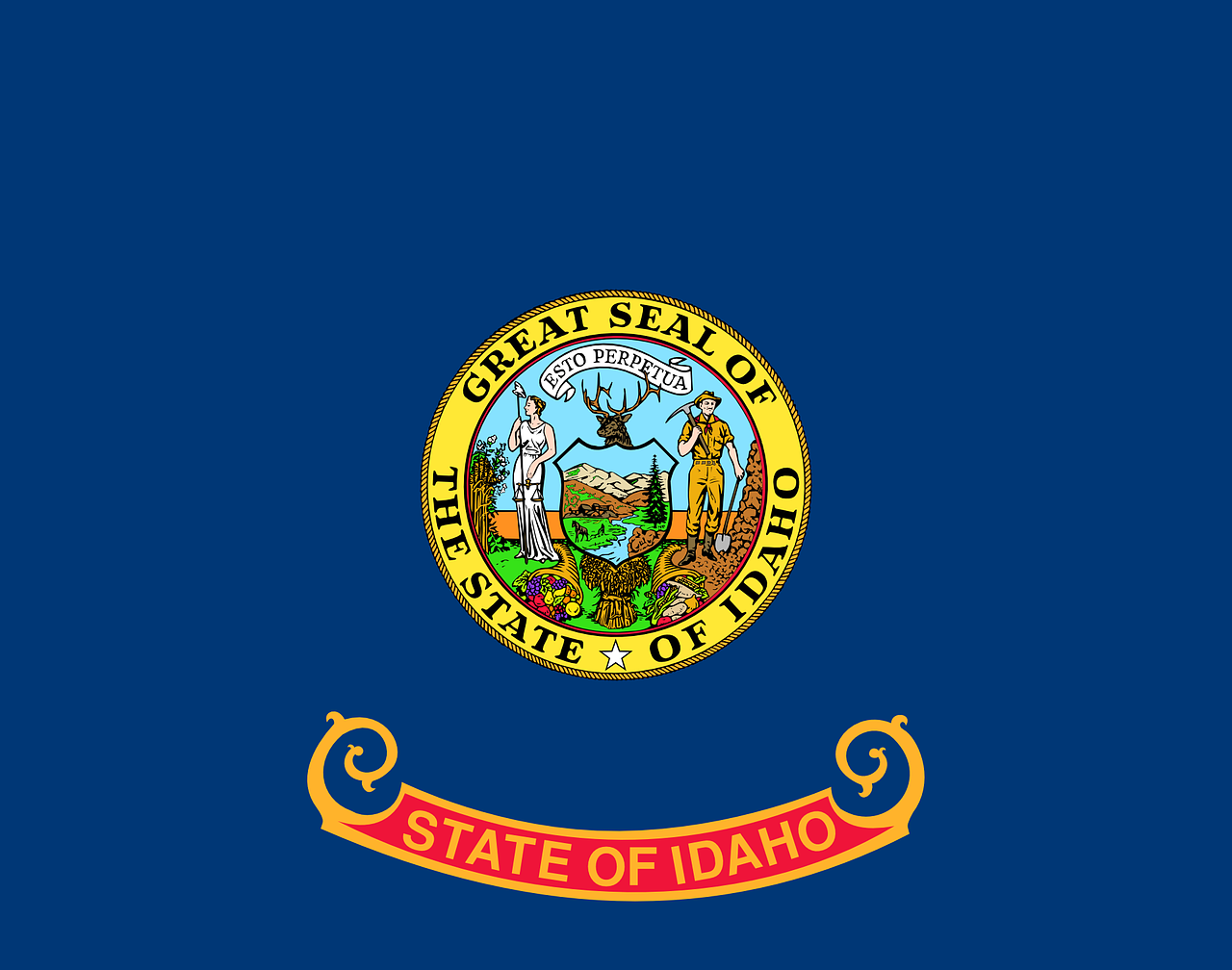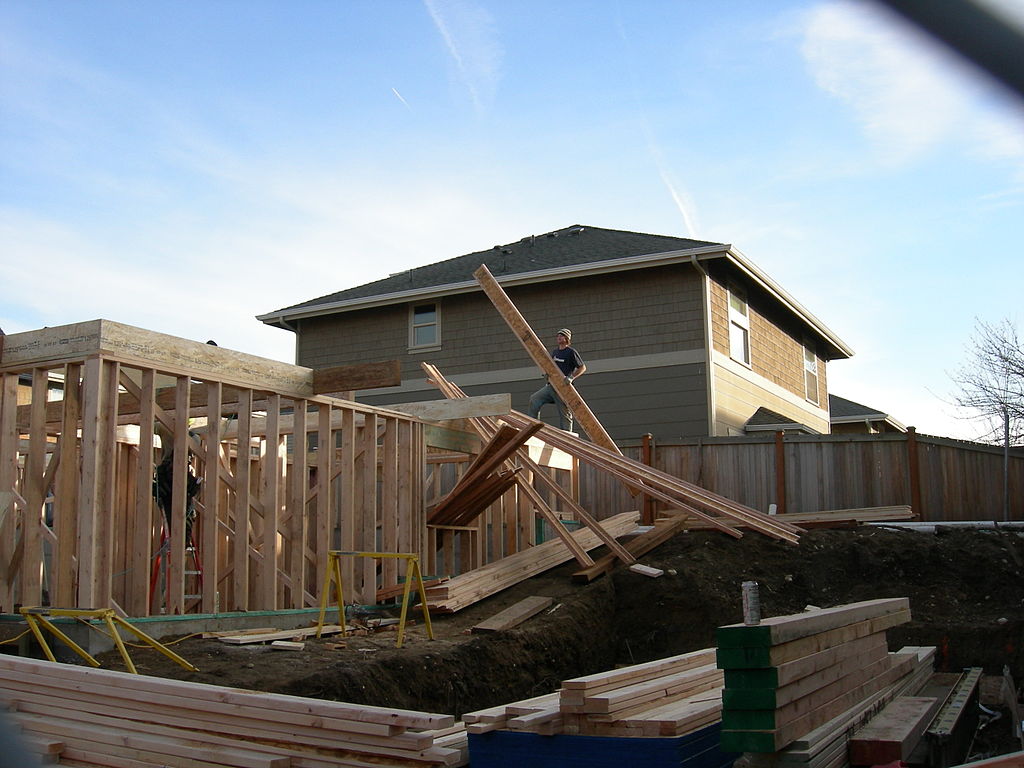Many small towns across America fall on hard economic times; in turn, prosperity suffers and populations dwindle. This can be caused by a myriad of factors, whether it’s the major local employer that shuts down, or an industrial pollution hot spot that drives people away. Many small towns find it impossible to recover from these calamities. However, with a little imagination and cooperation, amazing things can happen, as they did in Coeur d’Alene, Idaho (a place that had both of the aforementioned problems).
The town of Kellogg has long been considered the economic hub of the Coeur d’Alene mining district (shown on the map below) and was home to the Bunker Hill Mining and Smelter Company. The area has a rich history in mining (since 1885), having earned the name “Silver Valley” by being one of the most productive silver, lead, and zinc mining areas in the United States.[1] Unfortunately, residual effects from over 100 years of mining and smelting activities have produced serious heavy metal contamination in soil, sediment, surface water, and groundwater.
Mining and smelting can be a dirty and dangerous business. This point is perhaps best illustrated by the record of Bunker Hill. In addition to the extraction techniques of digging and blasting away mountains and subsequent processing to extract the economically valuable minerals, the heavy-metal-laden waste had to be piled up out of the way, covering large stretches of land with toxic debris known as “tailings.” However, a poisonous environment is not the only danger. In May 1972, a fire consumed the Sunshine mine, trapping and killing 91 workers in the mine.

The next year, a fire at the Bunker Hill smelter damaged the system that removed toxic lead from the smokestack emissions. Gulf Resources, the Texas Company that operated the smelter, kept it running anyway, spewing lead into the air. When health officials began testing the blood of local children in 1974, they found some of the highest lead poisoning levels in the world.”[2]
Bunker Hill closed in 1982 due to falling commodity prices. The Bunker Hill Mining and Smelter Company no longer considered production of silver, zinc, and lead to be economically viable. When the company left the town, they left behind mountains of contaminated mine tailings, thousands of contaminated properties that stretched into Washington State, polluted streams and rivers, a landscape decimated by poisonous smokestack emissions, and almost 2,500 unemployed mine workers. This rippled through the local economy, causing a dramatic population decline, high unemployment, declining incomes, declining property values, and a loss to local tax revenue. During the 1970s, unemployment had hovered around 5%; upon the company’s departure in 1982, unemployment increased to more than 30%.
In 1983, the U.S. Environmental Protection Agency (EPA) added the town of Kellogg and the surrounding area to the national Superfund list, creating the Bunker Hill Superfund Site. The stigma of being listed as a Superfund site can damage a community’s reputation. However, the people of Kellogg viewed this as an opportunity to diversify its economy. The listing of the town as a Superfund site would eventually bring in hundreds of millions of dollars to clean the community and spur a dramatic economic turnaround for Kellogg.
This entry highlights the kinds of communities we encounter in our work. The next two posts in this series will detail how Kellogg transformed itself into a more prosperous town.
– Jonathan Putman
[1] Committee on Superfund Site Assessment and Remediation in the Coeur d’Alene River Basin. 2005. Superfund and Mining Megasites: Lessons from the Coeur d’Alene River Basin. Washington, DC: The National Academies Press, p. 15.
[2] Geranios, Nicholas. 2007. “Former Idaho Mining Town Finds New Life As Swanky Ski Resort.” The Associated Press State & Local Wire, September 15, 2007.





Recent Comments